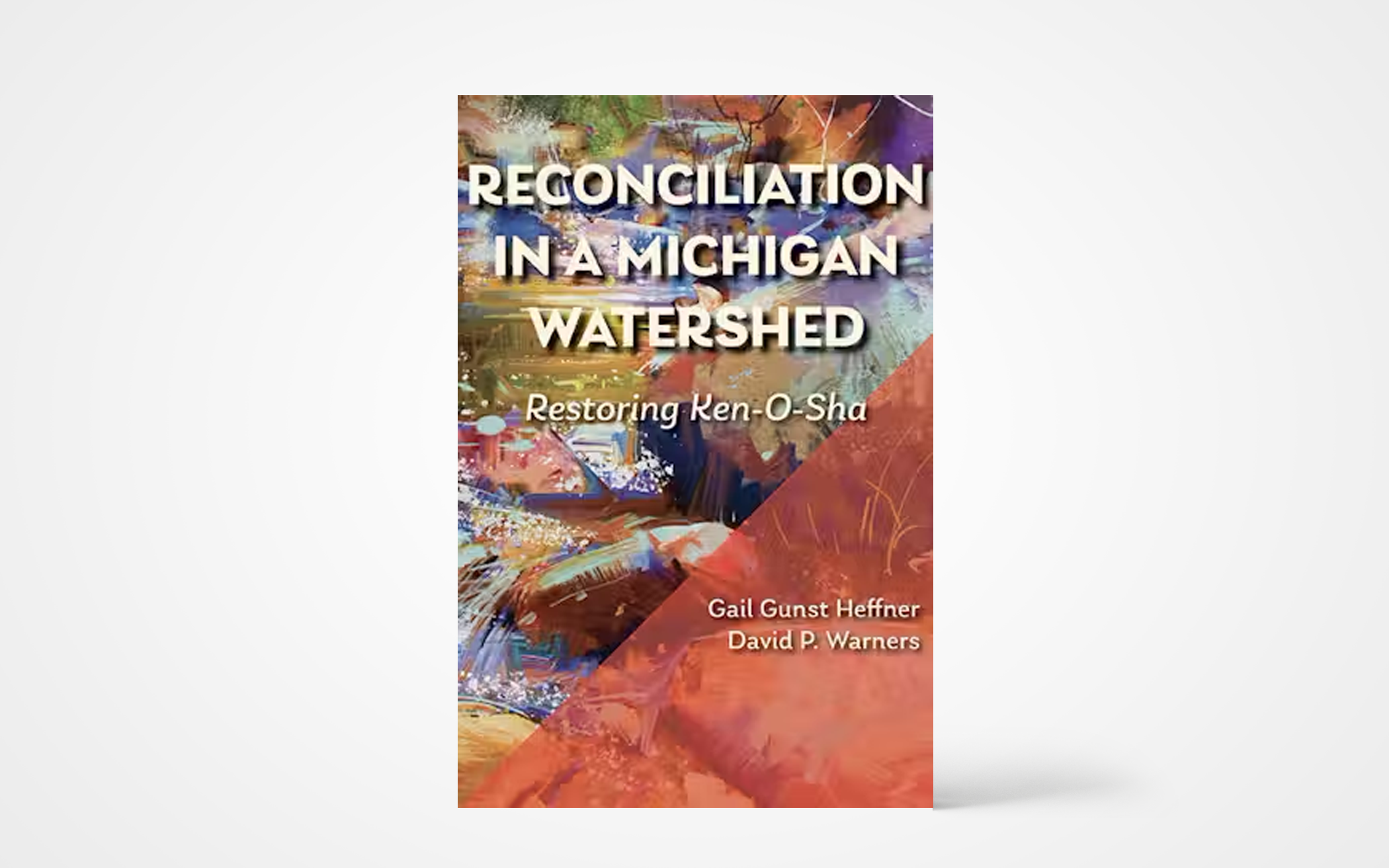While living in Grand Rapids, Mich., in the mid-1970s, I would often drive or walk over Plaster Creek on the SE Division Street Bridge. Whenever I cross bridges, I stop to look for fish. In the ’70s, Plaster Creek offered only dirty, murky water, sometimes trickling, though after heavy rains almost roaring downstream. Never saw a fish.
Living in Canada since 1986 and occasionally visiting Grand Rapids, the waterway’s dire state slipped from my world until the late aughts. Then I learned about Calvin University’s (then College) Plaster Creek Stewards and signed up for their occasional newsletter. Soon, we began to donate to the Stewards.
This creation care is inspired by Reformed respect and awe of creation. Maybe the Stewards channeled the Belgic Confession, Article 2: “We know God by two means: First, by the creation, preservation, and government of the universe, since that universe is before our eyes like a beautiful book in which all creatures, great and small, are as letters to make us ponder the invisible things of God.”
Last year, Michigan State University Press published Reconciliation in a Michigan Watershed: Restoring Ken-O-Sha. The indigenous name “Ken-O-Shea” means “Water of the Walleye.” I put the book on my Christmas list. Maybe I’d learn that walleye once again were swimming and spawning in their eponymous home. Hours after I opened that gift, I started reading; it was hard to put down.
Written by Calvin professors Gail Gunst Heffner and David P. Warners, Reconciliation documents the Stewards’ story and Plaster Creek’s history from the time indigenous peoples lived in the watershed through its ever-increasing pollution caused by virtually unregulated residential and industrial development. Year by year, the daunting clean-up project grew steadily. It first faced some community opposition; that gradually morphed into support for and participation in the project after meetings with area residents.
This compelling book includes an index and extensive bibliography. It deserves wide reading, not just for Plaster Creek watershed residents but for anyone interested in environmental restoration. Besides documenting creek improvement, Reconciliation links traditional indigenous spiritual land practices and values to current climate issues. Thus, it complements Robin Wall Kimmerer’s Braiding Sweetgrass in a specific locale.
Last fall a friend posted on Facebook a photo of salmon running upstream to spawn in a now pretty clear Plaster Creek. Next time in Grand Rapids, I’ll take a tour of the watershed. This time, I’ll be looking for fish in Plaster Creek once again. Maybe walleyes will be back. (Michigan State University Press)
About the Author
Retired pastor James Dekker, from St. Catharines on Lake Ontario, has lived in the Great Lakes Watershed most of his life, seeing its earlier worrisome pollution gradually cleaned up from efforts of growing numbers of environmental action groups.

